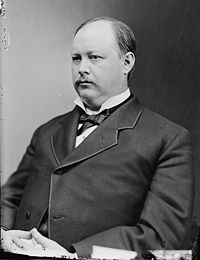Never Been This Bad?
 Independence Day was a hot one this year. Amid the celebrations and the record high temperatures, I thought about the framers of our constitution, who, in 1787, dealt with similarly oppressive heat. July 4, 1776, witnessed the founding of our nation, while July 4, 1787, passed as the document that would found our government was created. These thoughts about beginnings got me to thinking about all the recent talk of endings among the chattering classes and the punditocracy.
Independence Day was a hot one this year. Amid the celebrations and the record high temperatures, I thought about the framers of our constitution, who, in 1787, dealt with similarly oppressive heat. July 4, 1776, witnessed the founding of our nation, while July 4, 1787, passed as the document that would found our government was created. These thoughts about beginnings got me to thinking about all the recent talk of endings among the chattering classes and the punditocracy.
Depending on the day — or the issue being discussed — our liberty, our democracy, or our very country faces imminent demise. If candidate X doesn’t win in November, America is doomed. Unless this law is/is not passed, our very way of life is threatened. Sometimes, we receive reports, rather than warnings. Recently, Scott Walker’s recall victory killed our democracy, and the ACA being upheld killed our liberty. June was a tough month for America. Things have never been this bad.
On the other hand, maybe they have been.


